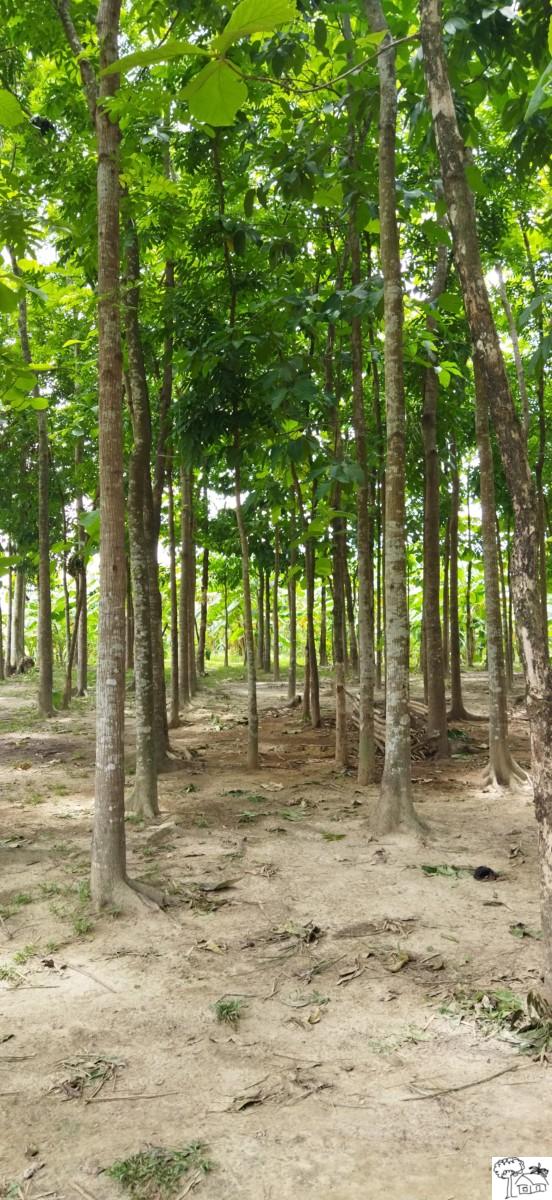Agroforestry is the practice of growing trees, animals, fish, and crops together. This system can be done on agricultural land or in homesteads or in forests. By using it, more products and production are obtained from the farm with current resources.
Trees grown on farmland will change the growing conditions of surrounding crops, fish, and animals. These changes can be positive or negative or mutual. That is why agroforestry is a dynamic system that needs regular monitoring and management to get maximum outputs.
Farmers and other professional landowners who make a living from the land constantly strive to produce products through economical, socio-cultural, conservation-minded, and socially acceptable methods. Agroforestry practices and systems can provide a variety of economical, social, environmental, and production benefits for a farm family and its surrounding area.
Agroforestry practices include alley cropping, Silvopasture, Windbreaks and
Shelterbelts, Forest Farming, and Special Forest Products, Riparian Forest Buffers, etc.
Biomass/Bioenergy, Carbon Credits, and Climate Change are discussed for solutions using Agroforestry opportunities.
Agroforestry definition
Agroforestry is the science and management of interactions between perennial plants (woody) and other plants (crops, grains, shrubs, spice, etc.) and animals in each of the farm’s lands, targeting to reach the sustainable livelihood of the household.
According to Leaky (1996): Agroforestry is ‘a dynamic, ecologically-based, natural resource management system that, through the integration of trees in farm- and rangeland, diversifies and sustains smallholder production for increased social, economic and environmental benefits’.
The agroforestry practices and systems may differ from country to country based on land topography, culture, and resources.



